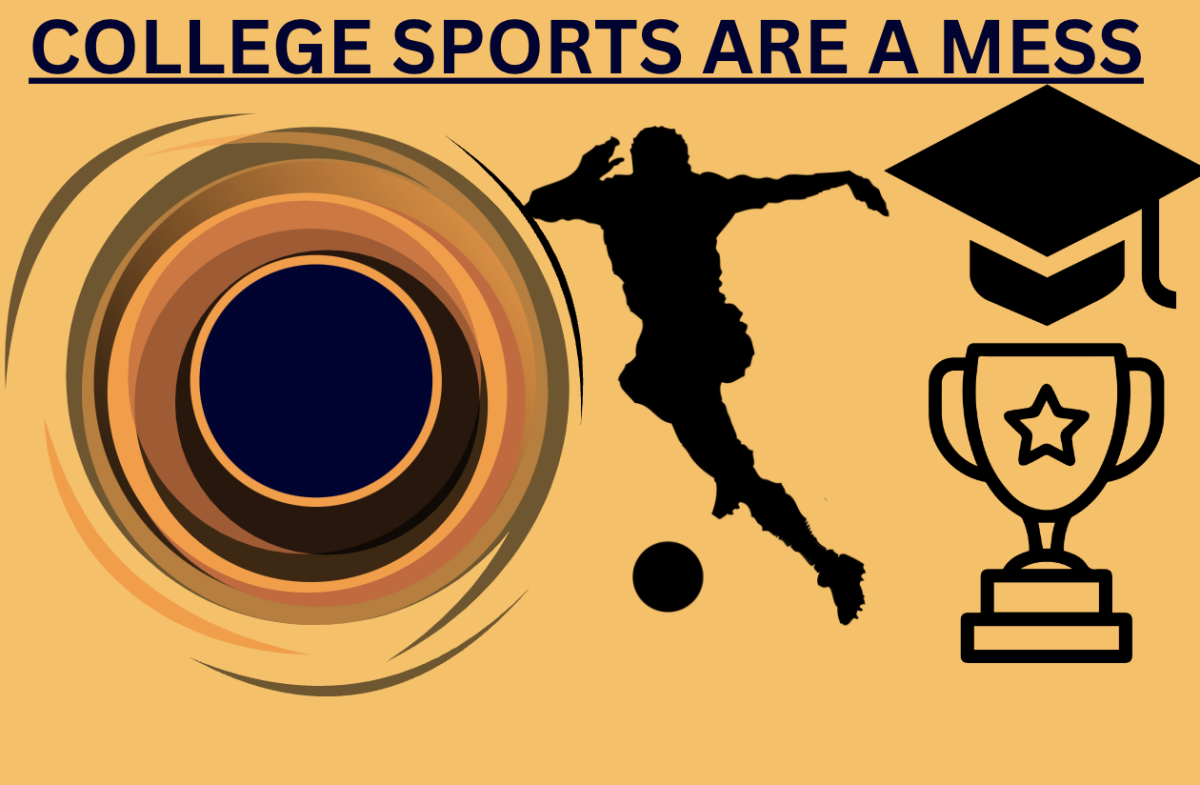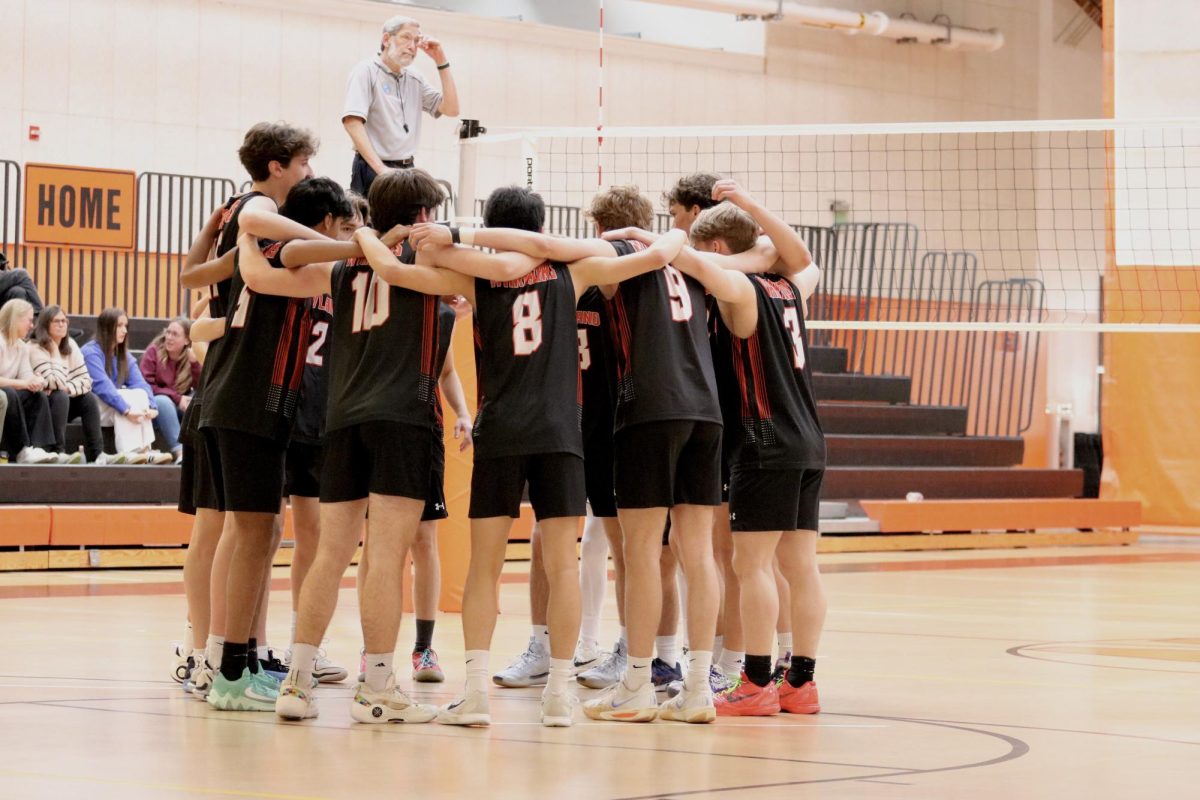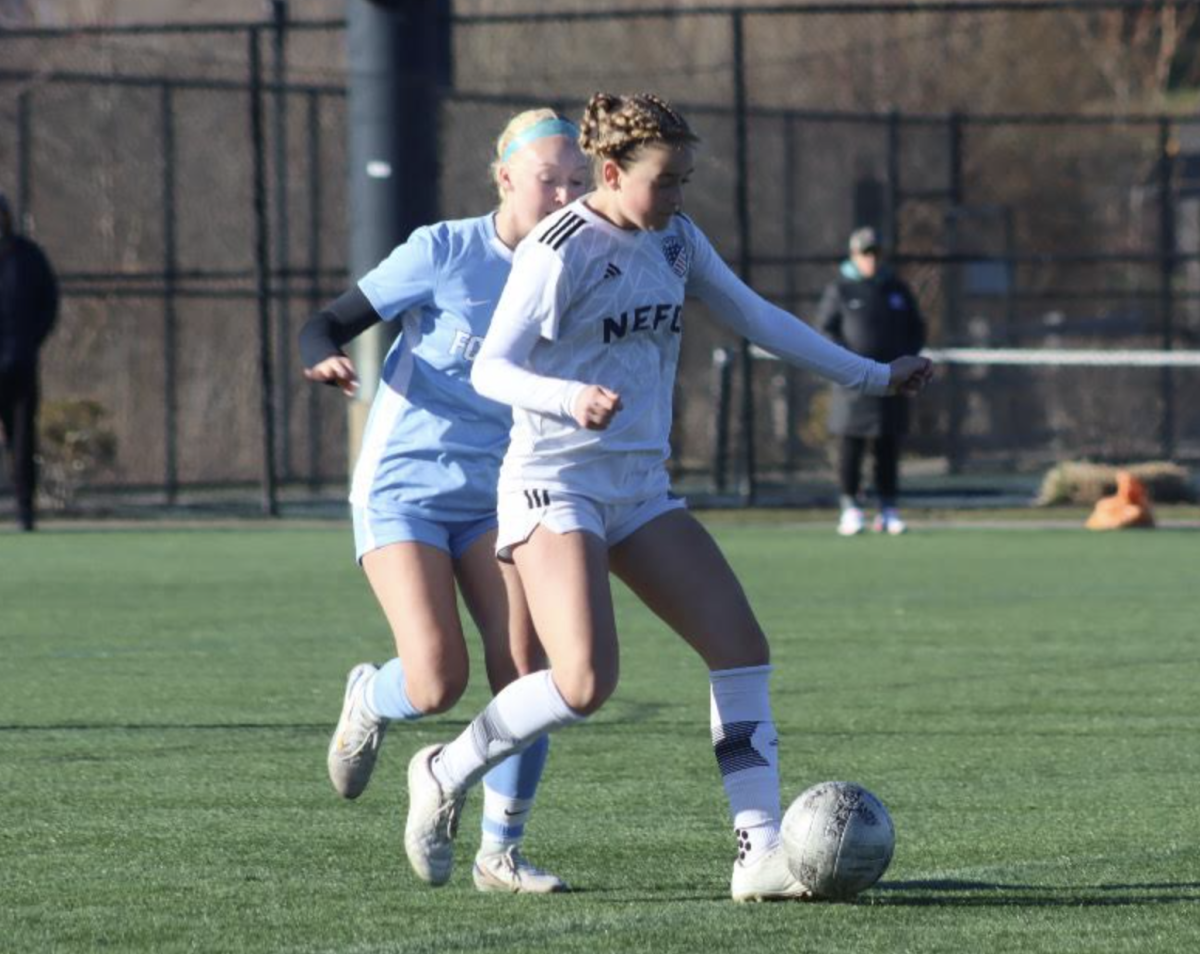College sports have so many problems that I can’t cover them all in a 500-word article, so I’ll focus on what I see as the most important problems: eligibility rules and the transfer portal.
Take University of Miami tight end Cam McCormick, who returned to the football field this year for his ninth season of college football. He was a freshman when Barack Obama was still the President of the United States – yet, he’s still on the field, now 26 years old, in a league designed for 18 to 22 year-olds. While injuries and COVID-19 related disruptions extended his eligibility, his continued presence takes a roster spot away from a deserving true freshman. At some point, college athletics should draw the line.
The National Collegiate Athletic Association (NCAA) college eligibility rules state that a player cannot compete in an NCAA sport for more than four seasons, and that these seasons must fall within five calendar years. However, there are exceptions to this rule, such as “circumstances beyond control,” which is what McCormick’s situation falls under. While these exceptions were designed to account for unforeseen hardships, they have also opened the door for players to extend their careers far beyond the intended limits.
But these eligibility rules aren’t the only issue. Another flaw in the NCAA system is the transfer portal. The NCAA has introduced a transfer system reminiscent of NFL free agency. At the end of the season, college players can switch schools and in some cases even get paid to do so through “Name, Image and Likeness” (NIL) deals.
Players constantly moving through the portal forces colleges to form year-to-year teams, not long-term programs. It makes a difference when top-tier teams can recruit experienced juniors or seniors through transfers, instead of promoting a freshman who has waited and worked hard for that starting spot. In fact, the last three Heisman trophy winners were all once transfer players. The Heisman Trophy is awarded every year to the best player in college football.
What isn’t often mentioned about the transfer portal is the financial and academic risk it poses to athletes. Once a student athlete enters the transfer portal, the school can revoke their scholarship – even if they remain enrolled. While players can benefit from switching schools by earning a starting spot or seeing more playing time, it’s a risk they have to be willing to take.
Modern-day college sports have many major problems, yet a few changes could provide real solutions. Get rid of the fifth-year senior, or the 25-year-old college player, and give athletes exactly what they signed up for when they committed: four years of playing college sports at one school.





![Last Wednesday, the Wayland School Committee gathered to discuss a number of topics regarding the health curriculum and Innovation Career Pathway course. Another large topic of conversation was the ways to potentially mitigate distracting cell phone usage. "These [phones] are going to distract your learning and social relationships," Superintendent David Fleishman said. "That's concrete right there."](https://waylandstudentpress.com/wp-content/uploads/2025/06/Screenshot-2025-06-04-at-9.49.31 PM-1200x886.png)























